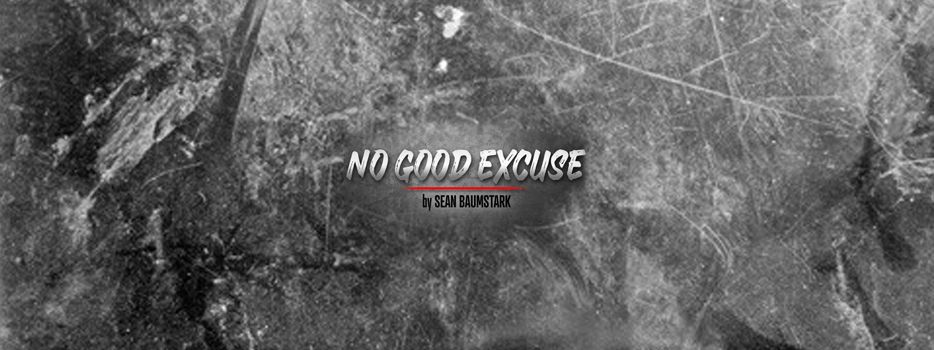Rare Disease Day Momentum Comes From Decades of Advocacy

Since being diagnosed with Friedreich’s ataxia (FA) in 2007, the words “rare disease” have been commonplace in my vocabulary. Like many things, we often don’t pay attention to something until it specifically matters to us. I hadn’t given much thought about the topic of rare diseases until I learned about FA.
I wonder about this principle when I think about emergency exits. Will I know how and where to find them when their existence matters to me personally? Or, consider driving: I never pay attention to stop signs or traffic lights if I’m a passenger in an Uber. But put me in the driver’s seat and my attention will be redirected.
Although it’s been only 14 years since I learned about FA, part of me feels like I’ve known about it much longer. Maybe it’s because the years after childhood stick with us more clearly, or perhaps it’s simply because it matters a whole awful lot these days.
Whatever the reason, with Rare Disease Day approaching on Feb. 28, I started wondering about the movements and significant milestones that are closely tied to the rare disease community. Rare Disease Day as an annual day of recognition started in Europe in 2008, and the United States joined the next year.
I received my bachelor’s degree from college just a few years before that first Rare Disease Day in Europe.
Nikolaus Friedreich was a German pathologist who first identified the disease I live with and later became its namesake. Although this unfolded in the 1860s and ’70s, it wasn’t until 1996 that researchers would identify the precise genetic defect behind FA. To help put this in context, other notable events of 1996 included Bill Clinton being reelected president of the United States, Nintendo 64 being unveiled in Japan, and actor and comedian Robin Williams starring in the film “Jack.”
A year later, in 1997, I finished high school early and received my diploma.
The Orphan Drug Act (ODA) is another significant milestone for the rare disease community, especially in the United States. The ODA, which became law in 1983, was established to help facilitate the research and development of therapies for rare diseases.
That same year, Hollywood actor turned politician Ronald Reagan occupied the White House, the original Mario Bros. arcade game debuted in Japan, and Michael Jackson earned several Grammys, including Record of the Year (for “Beat It”) and Album of the Year (for “Thriller”).
I was in the ever-dreaded “terrible twos” period of my life.
The casual stroll we are taking down memory lane is nostalgic for many, but I’m not highlighting these things purely for stimulation. Instead, these significant milestones act as a reference point; they’re points at which I bounce between a state of awe and a state of imagination.
I’m shocked that I’m older than the Orphan Drug Act, especially since diseases date back centuries. However, I’m amazed at the work that so many people have done in just the past 38 years to make significant strides and progress for the sake of our global rare disease community.
Rare Disease Day is a simple yet profound reminder to those around us that we have more work to do, and their help is vital. We have the opportunity, and the responsibility, to help others understand why rare disease advocacy matters.
With the momentum of almost 40 years behind us and the advancements our society continues to make in science, technology, research, and human care, and with the tenacity of every single rare disease patient, parent, caregiver, loved one, and friend, imagine what can be done over the next 40 years.
***
Friedreich’s Ataxia News is strictly a news and information website about the disease. It does not provide medical advice, diagnosis or treatment. This content is not intended to be a substitute for professional medical advice, diagnosis, or treatment. Always seek the advice of your physician or another qualified health provider with any questions you may have regarding a medical condition. Never disregard professional medical advice or delay in seeking it because of something you have read on this website.The opinions expressed in this column are not those of Friedreich’s Ataxia News or its parent company, Bionews, and are intended to spark discussion about issues pertaining to Friedreich’s ataxia.







Leave a comment
Fill in the required fields to post. Your email address will not be published.